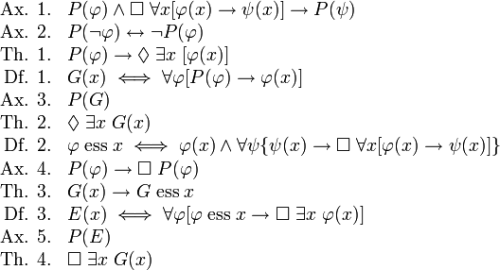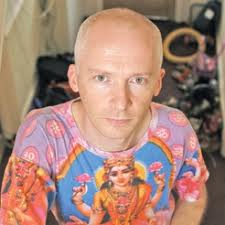Anyone who thinks there is a simple answer to that question will be seriously disappointed. What have famous mathematicians said about it?
Mathematics is the art of giving the same name to different things (Henri Poincaré)
Thus mathematics may be defined as the subject in which we never know what we are talking about, nor whether what we are saying is true (Bertrand Russell)
Is mathematics something ‘out there’ waiting to be discovered, or is it a product of the human mind? Do we discover mathematical laws and relationships in nature, or do we impose mathematical descriptions on nature as a way of making sense of it, and harnessing it? Do we even know what number and arithmetic are? Yes, we all know what five loaves and three fishes are because those numbers have referents, but what of the number ‘three’ apart from its being a word or a symbol – does it exist as an immaterial entity? If so, where?
Questions such as these have interested philosophers and mathematicians for centuries. There are at least three fundamental questions to be addressed, on ontology, epistemology, and truth:
- What is the nature of mathematical objects?
- How do we obtain knowledge of them?
- How do we account for certitude in mathematics?
We could add another question on effectiveness:
- How do we account for the utility of mathematics in physics?
The various views on these questions correspond to the two camps of the medieval philosophers, the Realists and the Nominalists (or Anti-Realists), though Realism goes back much further to ancient Greece. Essentially, Realists believe that abstract entities or universals exist in their own right independently of the mind that thinks them, whereas Nominalists deny the extra-mental reality of universals and abstract ideas.


Recent Comments